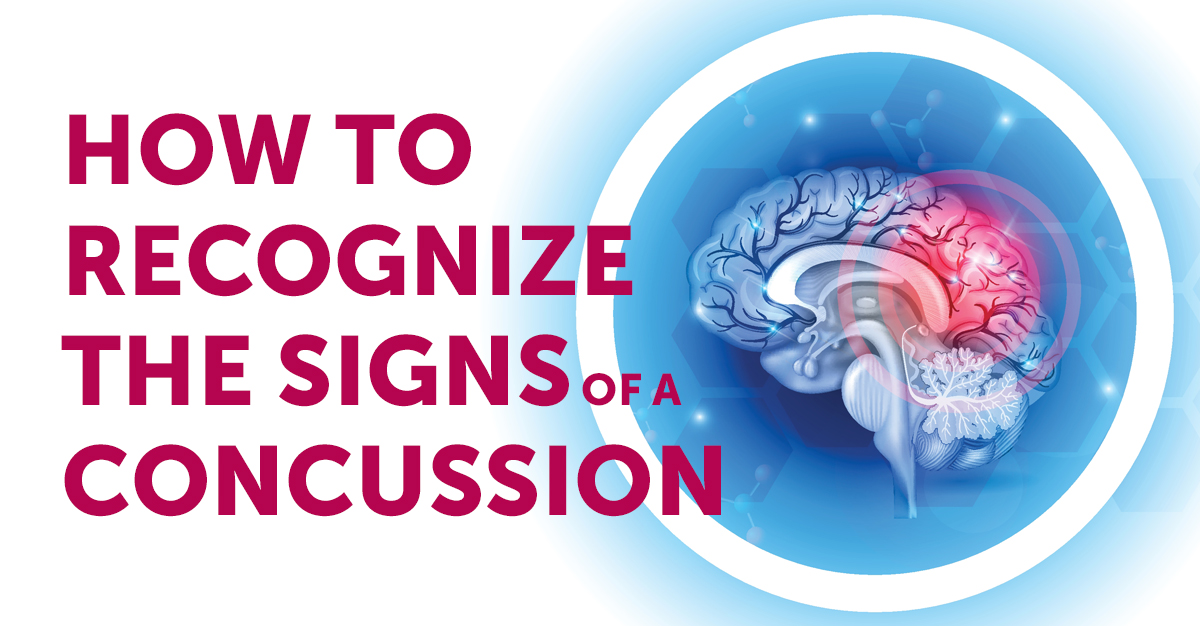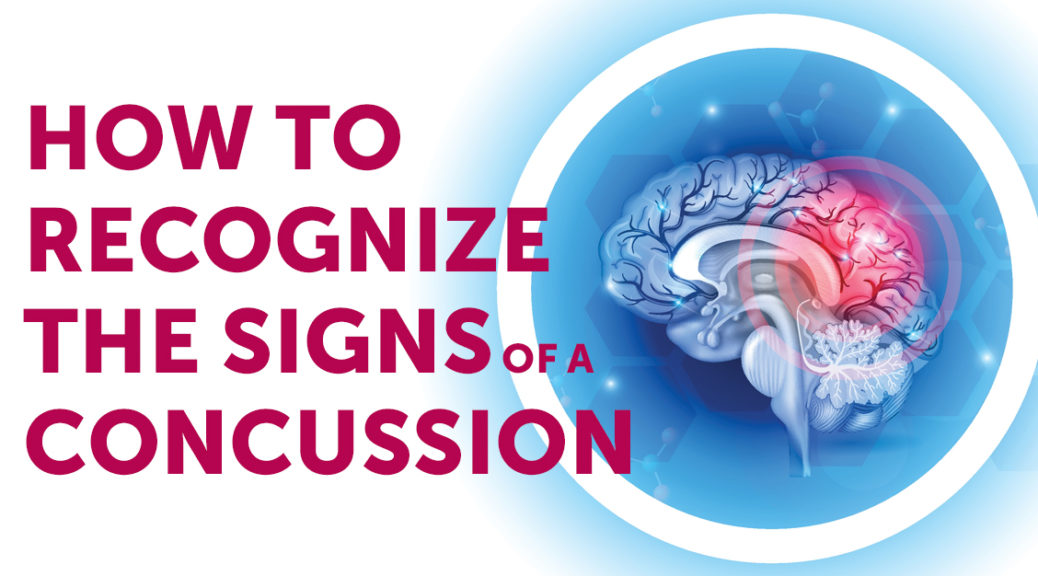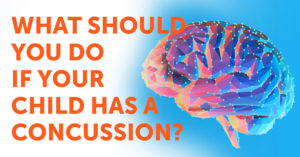
Sometimes accidents happen. Whether you are a pro or novice athlete on the field or just your average human navigating earth. Concussions can and do happen to anyone; small children that have had an injury at the playground, drivers in car accidents, and the elderly who have experienced a fall, are all potentially at risk for concussions. It’s important to be able to recognize the signs of a concussion and take proper action.
In a definition provided by the CDC, a concussion is a type of traumatic brain injury (TBI), caused by a blow to the head or body that causes the brain to move rapidly inside the skull. Even a “ding,” “getting your bell rung,” or what seems to be a mild bump or blow to the head can be serious.
Common symptoms for someone experiencing a concussion include:
- Difficulty thinking clearly or concentrating
- Headaches
- Fuzzy or blurred vision
- Nausea or vomiting
- Dizziness & balance problems
- Sensitivity to light and/or noise
- Lethargy
- Irritable or sad
- Nervous or anxious
- Irregular sleep patterns
If a person shows extreme symptoms, it’s important to take them to the emergency room immediately. These include:
- Unconscious or have had a brief loss of consciousness
- One pupil larger than the other
- Having convulsions or seizures
- Cannot recognize people or places
- Unusual behavior
- Headache that gets worse and does not go away
More information for parents:
In every scenario, it is important to receive an accurate diagnosis from a healthcare professional. Physical therapy can play an important role in monitoring the healing process after a concussion has occurred. As physical therapists, we are trained in the step-by-step process of monitoring the post-concussed patient, and safely returning them to their previous activities. Getting diagnosed and seeking medical attention immediately is crucial to a healthy recovery. For more information about concussions visit www.cdc.gov/headsup and our page on concussion recovery.


